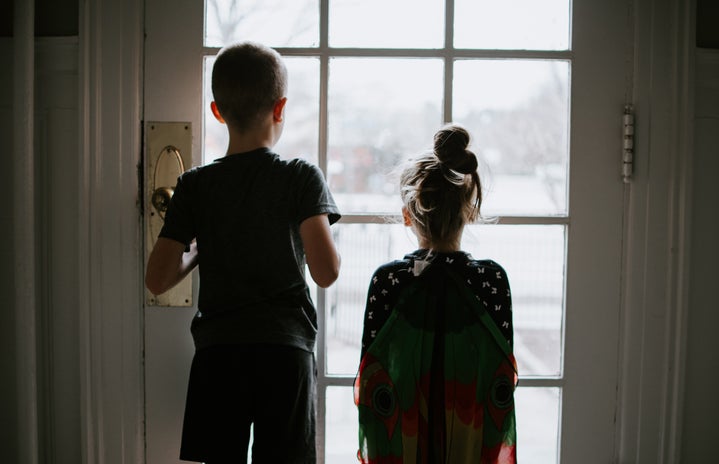There are two types of tumors when a physician diagnoses a patient: cancerous and benign. Benign tumors are good, because that means the cancer hasn’t spread to other parts of the body. Unfortunately, the antonym of benign is not a word anyone wants to hear from their physician. Cancerous, or its synonym, malignant, means that the cancer is active and is spreading to other parts of the body. The mass of the tumor is increasing at a very rapid and aggressive rate because the cells are growing out of control.
While a cure has not been discovered yet, there are still steps in place to treat cancer, such as the following:
– Surgery
– Radiation Therapy
– Chemotherapy
– Immunotherapy to Treat Cancer
– Targeted Therapy
– Hormone Therapy
– Stem Cell Transplant
– Precision Medicine
Patients diagnosed with cancer have to receive various treatments, because chemotherapy and/or surgery can only do so much to prevent the cancer from spreading – especially if it’s stage III or IV. After receiving treatment(s), the survival rate is five-years, but that doesn’t mean that survivors will or won’t live for five years. Studies have only reported that in five years, patients who were diagnosed with cancer didn’t report a recurrence in cancer during those five years, though unfortunately some patients did. Of course, for survival ratings there is a huge variation because each cancer case is different based on the size of the tumor, stage, and type of cancer. According to the Cancer Research UK, more than 80% of people diagnosed with cancer types that are easily detected and treated survive up to ten years or more, whereas those with a more difficult cancer only have a 20% chance a survival of ten years or more.
Now imagine a child, overhearing from their parents and the physician that they have cancer. Childhood cancer risk factors are less understood because pediatric cancer is very rare and diverse. The odds of a child developing cancer by the age of 19 is approximately 1 in 330. Unfortunately, that doesn’t mean that cancer cases are unheard of in children. According to the Children’s Hospital of Michigan more than 300,000 children worldwide are diagnosed with cancer yearly, equating to approximately 822 new cases per day. In the UK, 1,900 childhood cancer cases are reported every year, equaling about five children per week. It is estimated that 1 out of 500 British children will be diagnosed with cancer by age 14. Every year in the UK, there are around 240 deaths pertaining to childhood cancer, meaning that every week 4 children have died of cancer.
According to the American Cancer Society, the most common types of cancer that develop in children are:
・Leukemia
・Brain and Spinal Cord Tumors
・Neuroblastoma
・Wilms tumor
・Lymphomas (Hodgkin/Non-Hodgkins)
・Rhabdomyosarcoma
・Retinoblastoma
・Osteosarcoma
According to the American Cancer Society, “Leukemia is the most common cancer in children and teens, accounting for almost 1 out of 3 cancers.” Leukemia is a type of blood cancer which dangerously affects the once healthy white blood cells and bone marrow and approximately 3,500 children are diagnosed every year. This is why it’s so important to donate bone marrow, if you can, to your local hospital, such as Children’s Hospital of Michigan. You could possibly be a match for a child suffering from Leukemia.
Understandably, most parents are struck with grief, trying to understand why their child has been diagnosed. Nothing is more painful than watching your child suffer from one of the worst diseases known to humankind. Though times are tough, try to understand that children must not see their parents’ view their diagnosis as a death sentence. Children are tougher than they seem, they are strong and when facing a challenge – they take it head-on. Children are warriors – Golden Warriors – who are resilient when facing the enemy in the rink. They are tougher than steel and when pressed against the odds, these children come out victorious: living on! Quite often, they live longer than what the physicians and nurses expected, and that is due to hope. Knowing that their medical staff, parents, and friends believe in them takes the pressure off the child and allows them to think in a positive manner. A mindset of “I’m going to win this battle, I’m going to fight, I refuse to give up!” never fails to make a difference. That willingness to keep moving, to push forward is what makes children truly warriors. For when they believe in themselves and acknowledge hope, anything is possible for these #GOLDENWARRIORS.
If you want to get involved in clubs at Michigan State that pertain to the topic of cancer and work to help warriors and survivors, these are the clubs to research and get involved in:
• MSU Relay
• MSU Stars
• Camp Kesem
• Up Til Dawn
• Kids Without Cancer
Cited:
Cancer Research UK, www.cancerresearchuk.org/. “Information and Resources about for Cancer: Breast, Colon, Lung, Prostate, Skin.”
American Cancer Society, www.cancer.org/.
“Children’s Hospital of Michigan: Detroit: Pediatric Hospital.”
DMC Children’s Hospital, www.childrensdmc.org/?gclsrc=aw.ds.
Childhood Leukemia. www.mdanderson.org/cancer-types/childhood-leukemia.html.


